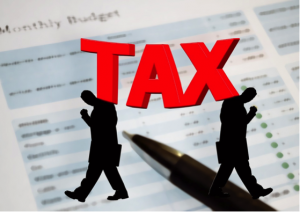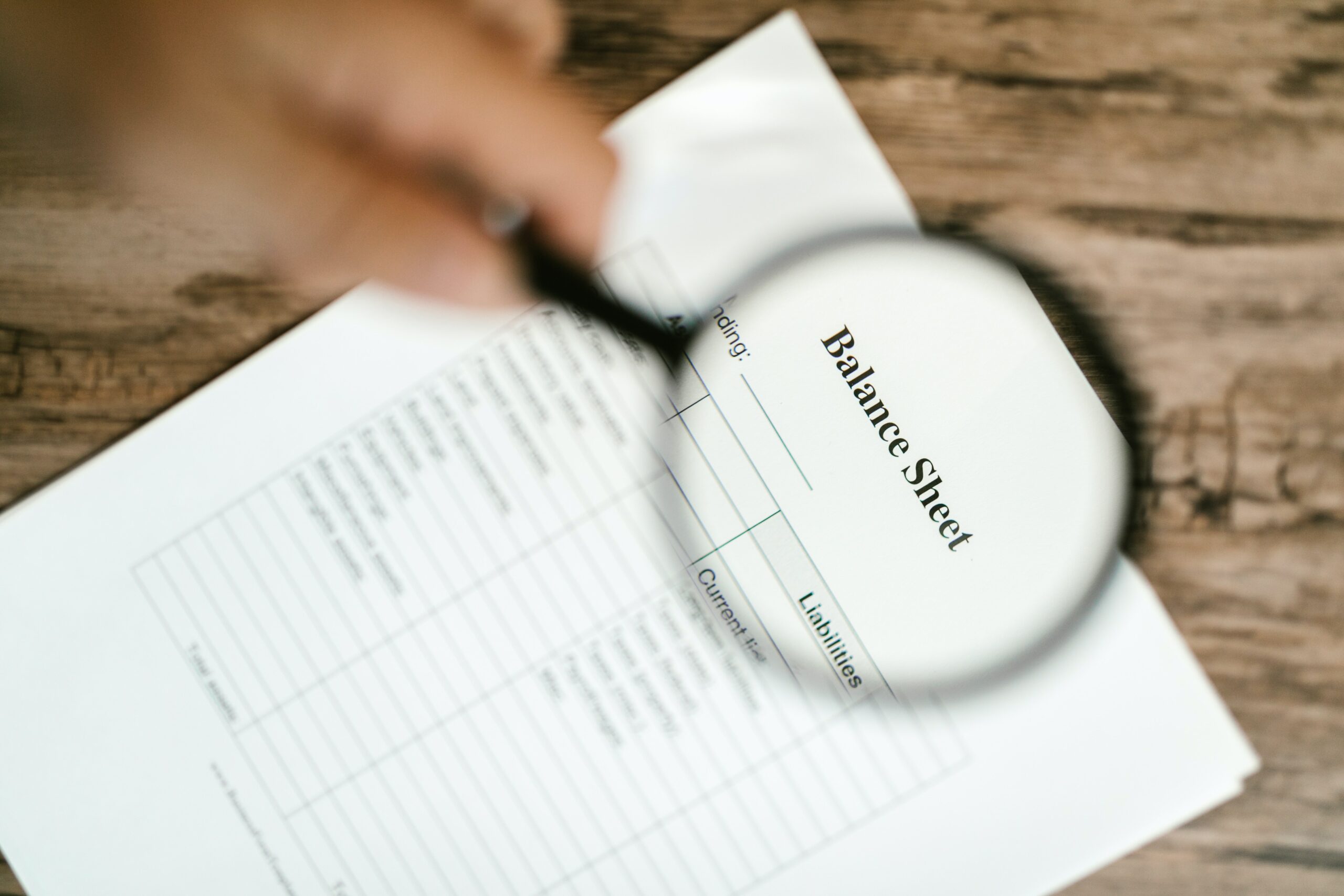 Sometimes our income changes dramatically in a year and we couldn’t have anticipated it.
Sometimes our income changes dramatically in a year and we couldn’t have anticipated it.
That commonly happens when we suddenly loose a good-paying job or we unexpectedly win a lottery and invest our winnings.
But there are other life circumstances that also signal a change of income, the most common of them being pending retirement. As baby boomers get ready to abandon their 9 to 5 posts and enjoy new roles in life, they anticipate decreases in income and they know well in advance what is coming.
Conversely there are other life circumstances that herald an expected increase in income. A person who has taken parental leave to look after children and plans to return to work next year, with a guaranteed job waiting, knows they will make more money than in 2016.
Whichever circumstance impacts you, there are things you can do now to ease your tax burden in 2017.
If you think your income is going to go up, you should access any discretionary income now. For example, this would be the month to sell any investments that will generate a capital gain, or to take a bonus that is owe you.
You might also want to consider deferring some of your deductible expenses (such as medical) until 2017 when your income will be higher and you will need it more.
On the other hand, if your income will be less, you should hold off selling any investments that will generate capital gain, and defer taking your bonus until next year.
Tax planning is of course a year-round process and it is never a good idea to wait until the last month of the year to consider what might happen next year. But if your circumstances have suddenly changed, or you just made up your mind to make a lifestyle change that will seriously impact your income, then it is a good idea to act before 2017 rolls around.
As you look ahead to 2017, if you have children you should also consider that 2016 is the last year that you can claim federal credits for your children’s art and fitness activities.
The non-refundable children’s art credit is based on up to $250 of qualifying expenses. On the other hand, the refundable children’s fitness tax credit is tallied on a base of $500 in qualifying expenses.
If you know that you won’t spend sufficient amounts this year to claim these expenses, consider prepaying for 2017 especially if you know that your child is going to continue to play basketball or take violin lessons.
Certified professional bookkeeper and certified tax specialist Elena Ivanova is managing director of Piligrim Accounting Inc., a national accounting and tax preparation service based in Richmond Hill, Ont. You can reach her at elena@piligrim-accounting.com.



